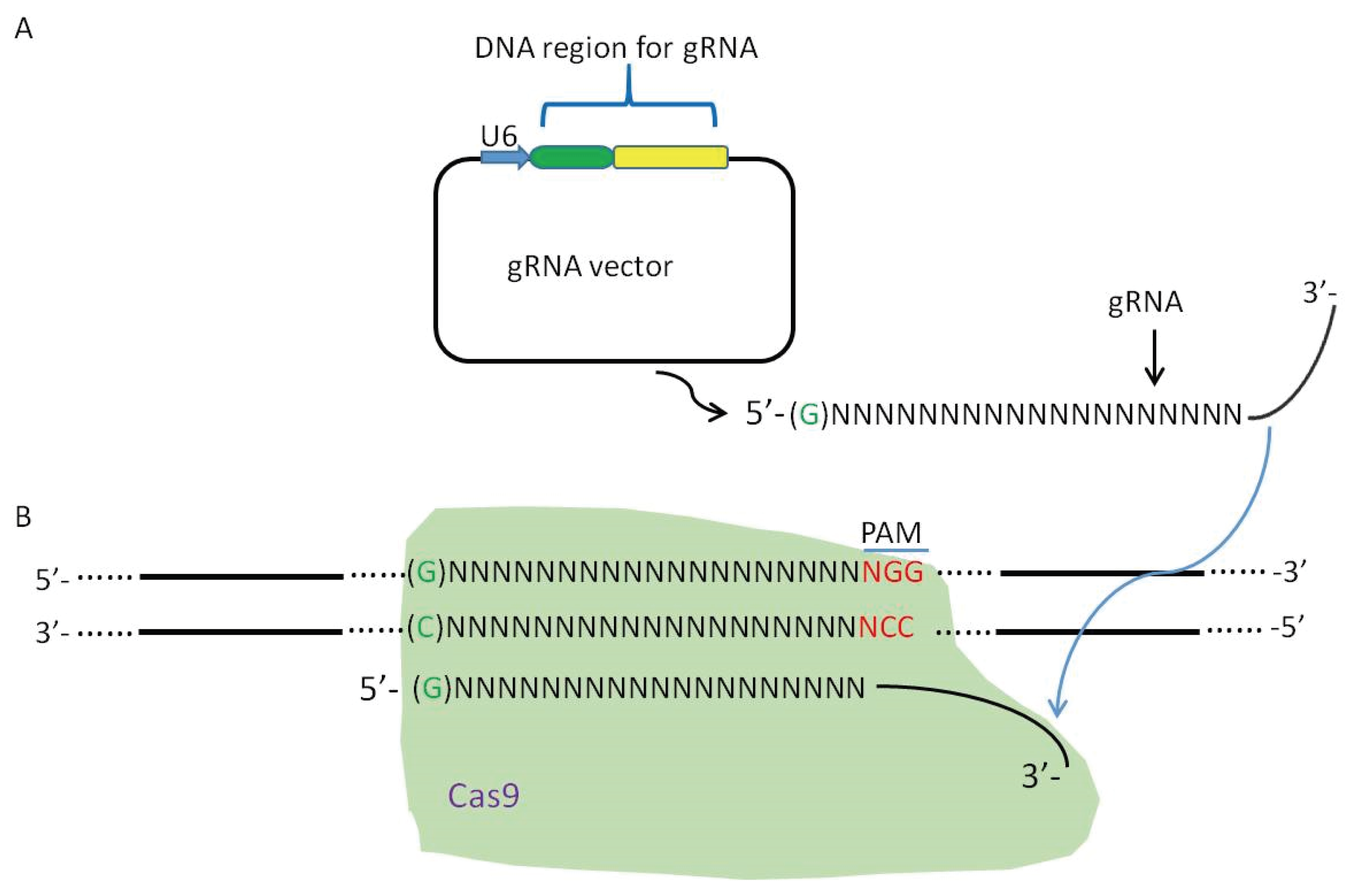

8 Type A influenza has been divided into multiple subtypes, and the natural host for most of these are various avian species. The focus of this article will be on influenza A virus, which may infect humans and birds and most importantly has the capability of developing into pandemic virus. Type C influenza viruses cause sporadic mild influenza-like illness in children.

Epidemic disease is caused by influenza viruses type A and B. These include the following: three transcriptases (PB1, PB2, and PA), two surface glycoproteins, the hemagglutunin (H or HA) and neuramidase (N and NA), two matrix proteins (M1 and M2), and one nucleocapsid protein (NP). Influenza A and B viruses genomes consist of 8 separate segments. The viruses that cause influenza (influenza A, B, and C) belong to the family Orthomyxoviridae, which is characterized by a segmented minus-strand RNA genome. In addition, several clinically useful antiviral drugs are now available, although there are still concerns about development of resistance. 7 Even though the technology of vaccine manufacture (production in embryonated eggs) has changed little since the 1930's, there is some hope that vaccines will be available to mitigate the force of later waves of the current epidemic. 2, 6 In the three previous influenza pandemics, vaccines were not produced in time to have any substantial impact. 5 The overall mortality in the previous century's three pandemics ranged from 1 million to more than 45 million deaths. 3, 4 Past pandemics were characterized by several features that we have seen since March, 2009: the rapid spread of a virus with novel antigenic determinants a change in pathogenicity with high death rates in younger age groups successive pandemic waves apparent higher transmissibility than that of the seasonal influenzas and differences in impact in different geographic region. On the other hand, previous H1N1 strains have developed antiviral resistance, and this, as well as mutation to greater virulence, remain concerns for the future. The newly developed H1N1 vaccine is expected to reduce the impact of the second wave of H1N1 influenza in the population, especially on high-risk groups, with diminished complications, hospitalization rates and mortality. 1, 2 WHO is advising countries of the northern and southern hemispheres to prepare for a second wave of H1N1, in which large numbers of severely ill patients requiring more and more intensive care infrastructure are likely to be seen, creating pressures that could overwhelm hospitals and intensive care units and possibly disrupt the provision of care of other diseases. With the emergence of the second wave of the 2009 influenza A (H1N1) virus, there have been concerns that this pandemic may rival those of 1957, 1968, and even 1918 in which not thousands, but millions of people around the world died from the disease ( Table 1). Mathematical modeling suggests that the effect of novel influenza virus can be reduced by immunization, but the question remains: can we produce enough H1N1 vaccine to beat the pandemic? The case of fatality has been estimated at around 0.4%. Bacterial coinfection has played a significant role in fatal cases. Most clinical disease is relatively mild but complications leading to hospitalization, with the need for intensive care, can occur, especially in very young children, during pregnancy, in morbid obesity, and in those with underlying medical conditions such as chronic lung and cardiac diseases, diabetes, and immunosuppression. Children and young adults appear to be the most affected, perhaps reflecting protection in the elderly owing to exposure to H1N1 strains before 1957. The 2009 H1N1 virus contains a unique combination of gene segments from human, swine and avian influenza A viruses. On June 11, 2009, the World Health Organization raised its pandemic level to the highest level, Phase 6, indicating widespread community transmission on at least two continents. The 2009 H1N1 influenza virus (formerly known as swine flu) first appeared in Mexico and the United States in March and April 2009 and has swept the globe with unprecedented speed as a result of airline travel.


 0 kommentar(er)
0 kommentar(er)
